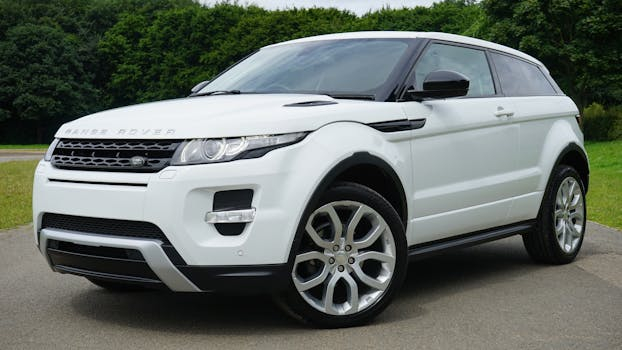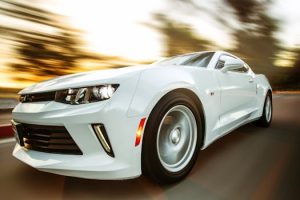Sonic Braking: Sound Waves as Safety Features
The evolution of vehicle technology has come a long way over the years. From the invention of the first motor car to the development of self-driving cars, each advancement has focused on making driving safer and more efficient. One of the latest additions to the safety features of modern vehicles is Sonic Braking. This technology incorporates sound waves as a way to improve braking and prevent collisions. In this article, we will explore how Sonic Braking works and the benefits it brings to our roads. 
The Science Behind Sonic Braking
First developed by a German technology company, Continental AG, Sonic Braking uses sound waves to improve the responsiveness of a vehicle’s braking system. The system works using ultrasonic sensors installed on the front of the vehicle. These sensors emit sound waves which bounce off objects in front of the car and provide valuable information to the car’s onboard computer. This data is then processed and used to predict potential collisions, allowing the car to react and brake faster than the driver alone.
The use of sound waves in braking is based on the principle of echolocation, much like how bats navigate in the dark. The ultrasonic sensors emit sound waves at a frequency that humans cannot hear, typically between 25 and 40 kilohertz. These sound waves bounce off objects and return to the sensor, providing precise measurements of distance, speed, and direction. This information is then used to adjust the vehicle’s braking, ensuring a timely and accurate response to potential hazards on the road.
Efficiency and Effectiveness of Sonic Braking
The main advantage of Sonic Braking is its speed and accuracy in detecting potential collisions. Traditional braking systems rely on the driver’s reaction time, which can be affected by various factors such as distractions, fatigue, or human error. With Sonic Braking, the ultrasonic sensors can detect objects up to 10 meters away, giving the car ample time to react and brake, even in emergency situations. This can significantly reduce the risk of collisions and increase the safety of both drivers and pedestrians on the road.
In addition to its efficiency, another benefit of Sonic Braking is its adaptability to different weather conditions. Unlike traditional optical sensors, ultrasonic sensors are not affected by fog, rain, or snow, as sound waves are not impacted by these elements. This makes Sonic Braking a reliable safety feature that can be used in all weather conditions, giving drivers peace of mind on the road.
Future Applications of Sonic Braking
As with any new technology, Sonic Braking is continuously being developed and improved upon. While its main application is currently in passenger cars, there are also plans to incorporate it in commercial vehicles such as trucks and buses. This can significantly reduce the number of accidents involving larger vehicles, which are at higher risk of causing serious damage and injuries. In the near future, we may also see Sonic Braking used in autonomous vehicles as an added safety feature, making self-driving cars even more reliable.
Moreover, the use of sound waves in braking can also have potential applications in other areas, such as collision avoidance systems for industrial vehicles, like forklifts and cranes. The possibilities are endless, and as technology continues to advance, we can expect to see more innovative uses of Sonic Braking in the future.
The Role of Sonic Braking in Road Safety
In conclusion, Sonic Braking has proven to be a game-changer in the automotive industry. With its use of sound waves, it offers a more efficient and reliable way to prevent collisions on the road. As the number of vehicles on our roads continues to increase, it is crucial to embrace new technology that can make driving safer for everyone. Sonic Braking is just one example of how science and innovation can work together to create a safer and more efficient future for drivers around the world.











